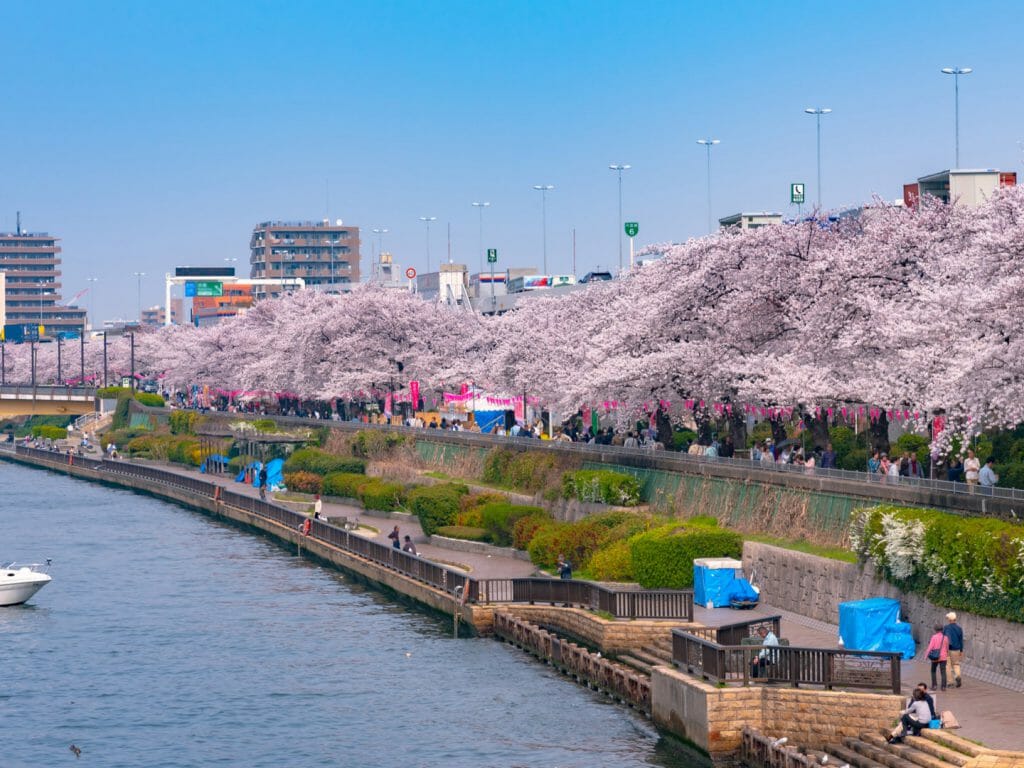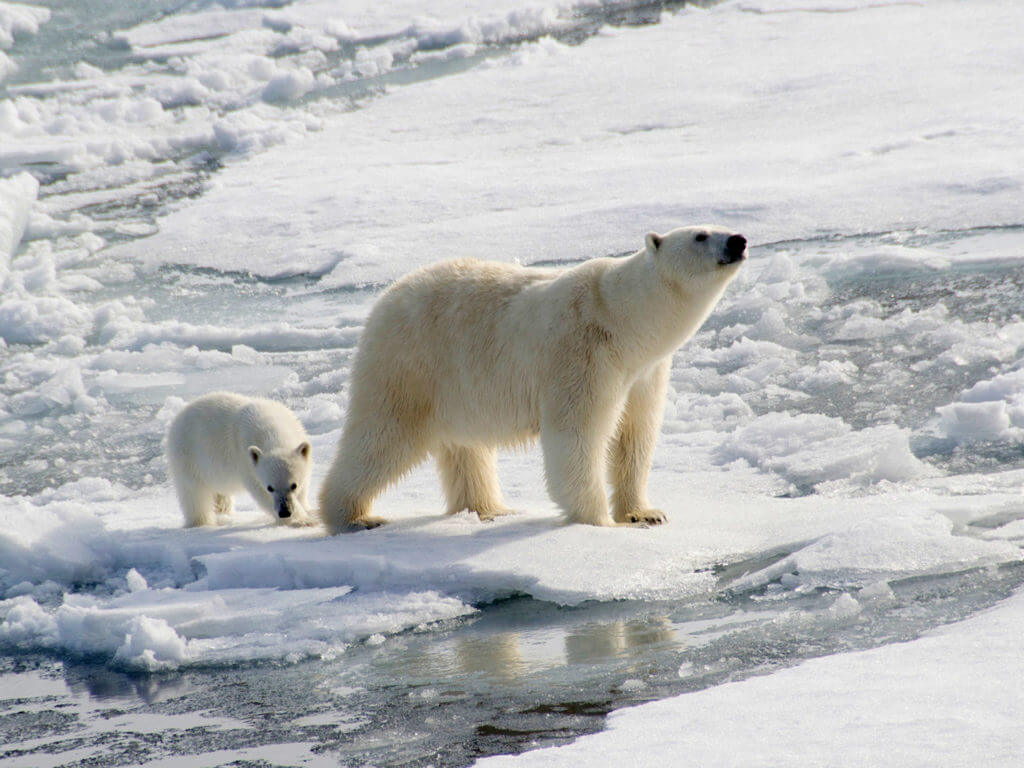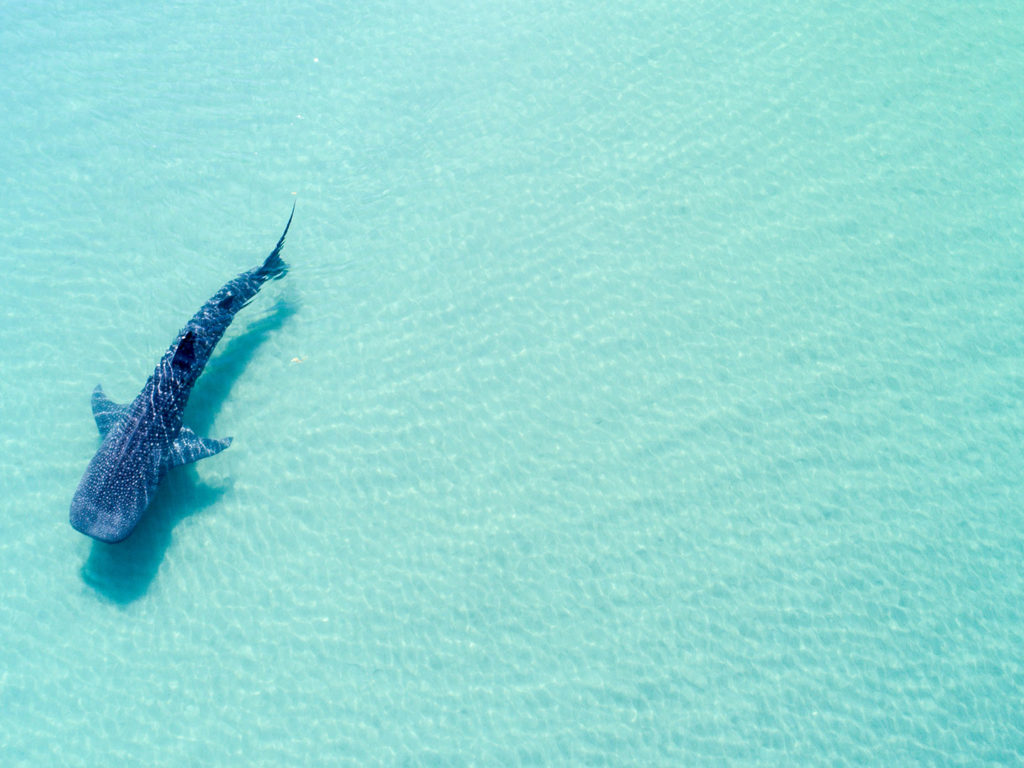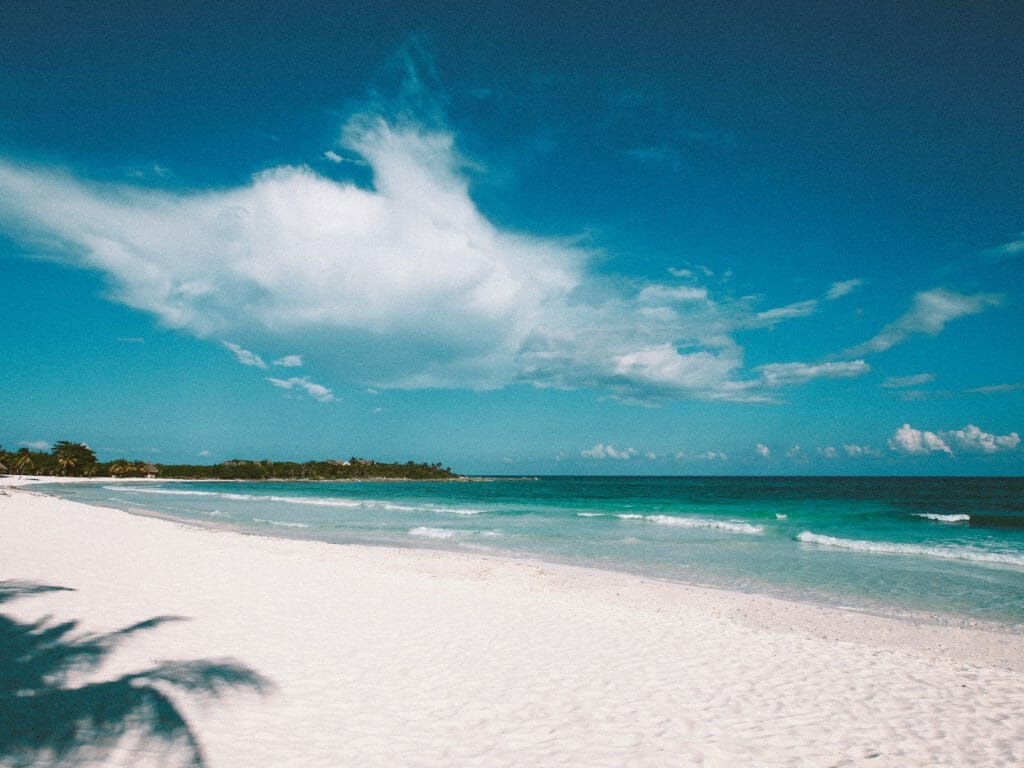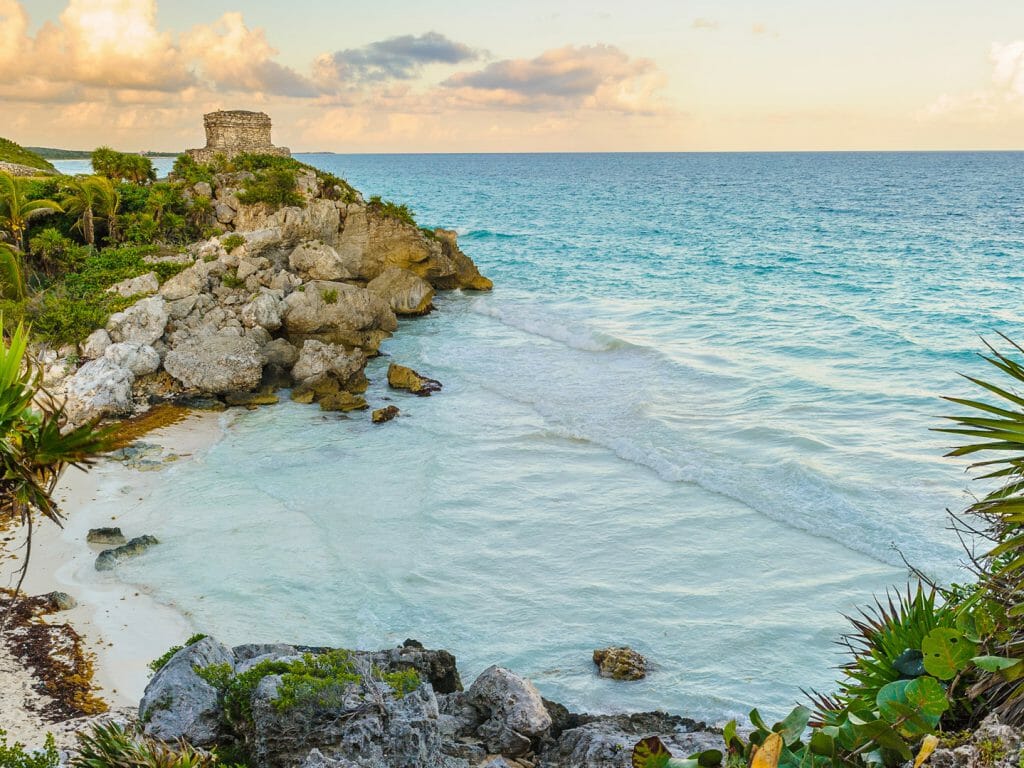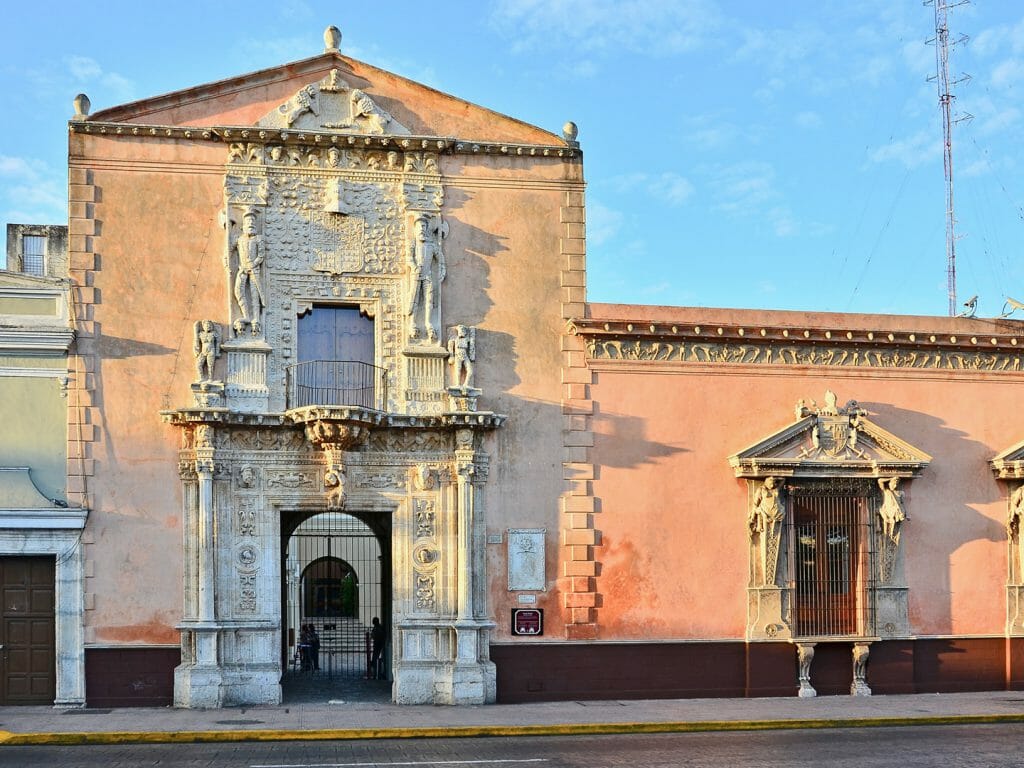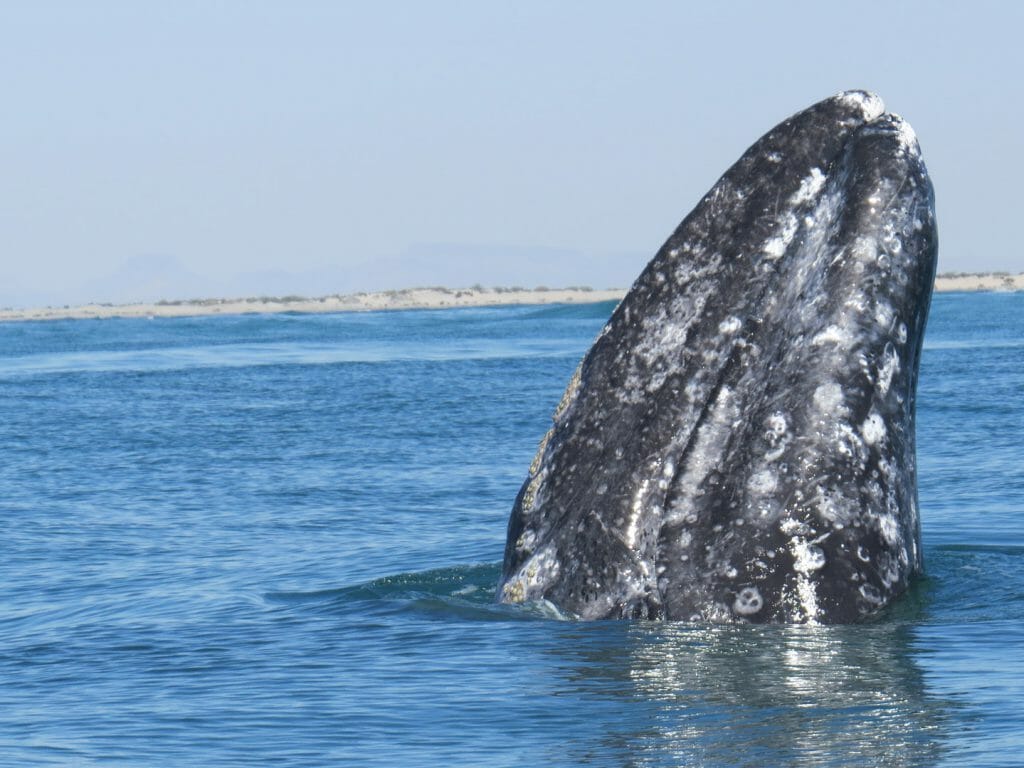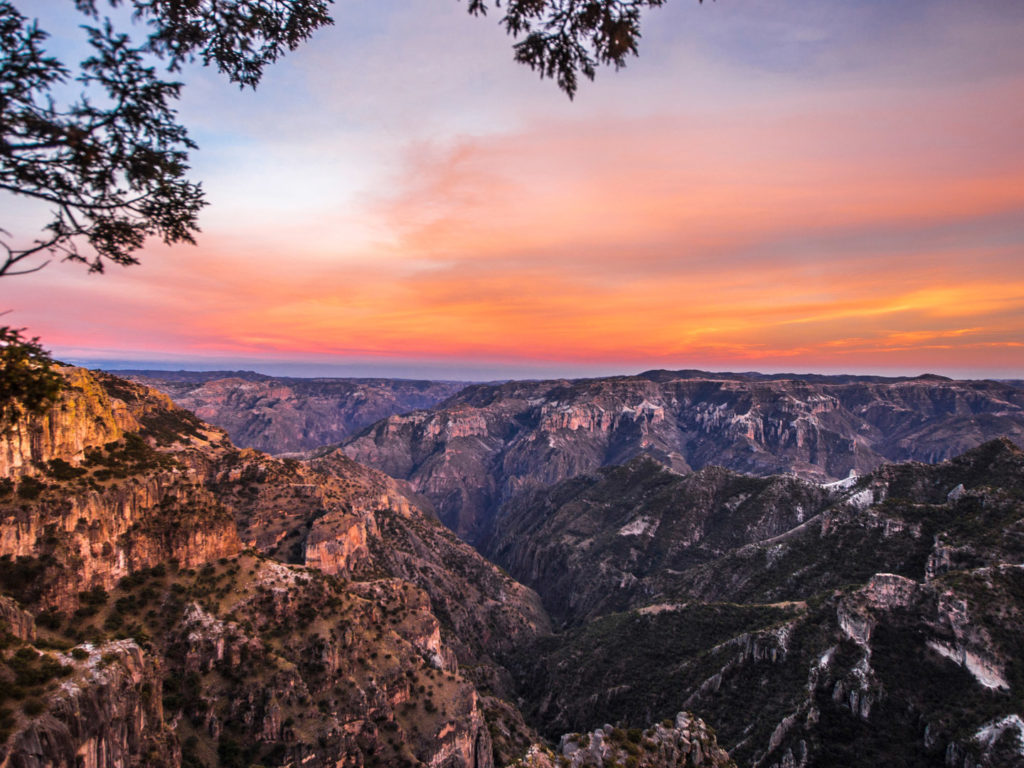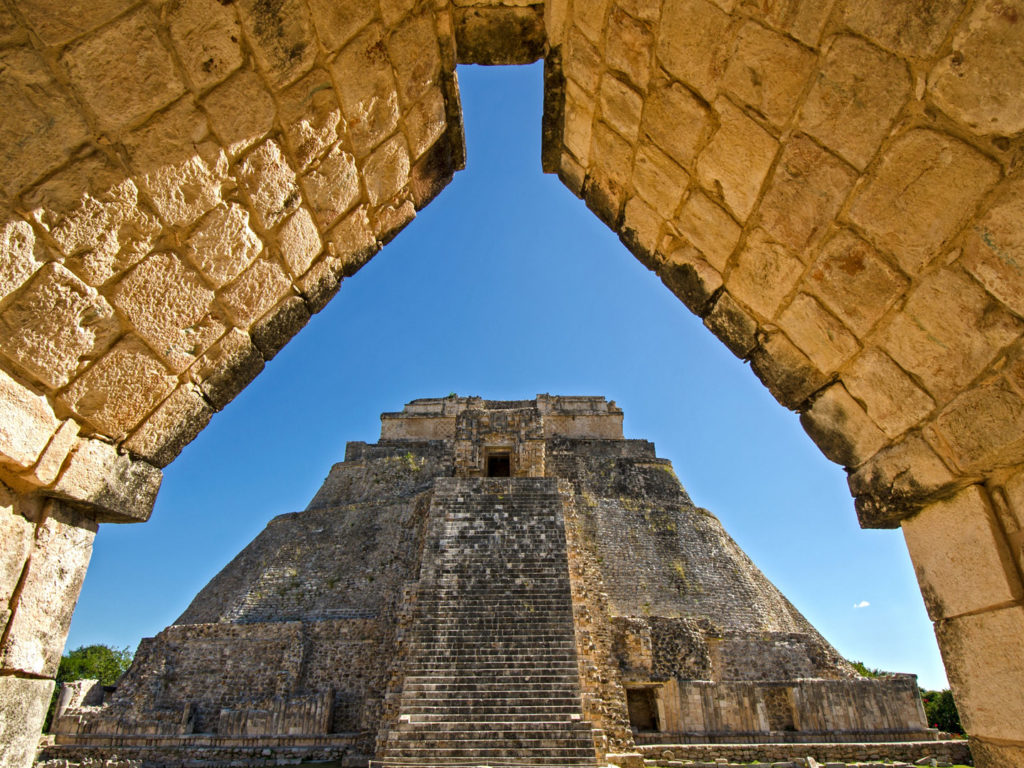Jacques Cousteau called the Sea of Cortez ‘The Aquarium of the World’ and often when I hear things like that I sigh – ‘yep, maybe when you were diving there… ‘. Our oceans have changed radically since the time of the early ocean explorers and part of our challenge at I AM WATER Ocean Travel is to find those deep blue nuggets where life is still abundant and the ocean feels wild and alive. Baja is truly one of those places! Famous for white beaches, great surf and night-long parties in the south, it is still only the discerning diver who has done the pilgrimage to this desert wonderland.
Our accommodation, a traditional hacienda, sprawls over the sparse desert landscape, surrounded by an assortment of century old cactus plants, swooping desert eagles and the occasional wild donkey. Crystal blue water meets desert sand where the hacienda steps lead onto the beach. Each morning starts with a fresh smoothie while the red sun rises over the water and we prepare for a day at sea. Starting with deep training we drop the ropes into the calm blue water of the Frailes cove; mobula rays swirl beneath us as we prepare with deep, slow belly breaths. Freediving is more about how you breathe than how long you can hold your breath. Our group ranges from a globe-trotting Australian to a Swedish crime writer, a British paralympian, a Californian environmentalist and a French financial services expert… as always on our trips, the people are diverse but the similarities are clear. Everyone wants to learn about stillness, about depth, about meeting the ocean giants on one breath.
Our diving days are split between La Paz in the north and Cabo Pulmo just to the south. Our La Paz host is Dr Deni Ramirez and her team of whale shark experts. Deni has been working with the Mexican whale sharks for over 20 years, nobody knows these spotted giants better than she does. From behaviour to population size, feeding preferences and breeding she is an expert and we love that our guests get to share time with her on her boat and learn more about the hundreds of whale sharks who come into the bay of La Paz each year. A huge fin breaks the water and we get ready, sliding quietly off the boat. We follow Deni as she approaches the whale shark, ‘It’s Fabio’ she shouts and a cry goes up from the team on the boat – Fabio is a large individual that Deni and her team have been monitoring for several seasons, but today is the first time this year. Hello Fabio, I whisper into my snorkel as the expansive spotted back glides past me. Entering a patch of dense plankton, Fabio stops swimming and goes into a vertical feeding position. Something whale sharks only ever do in places of great food abundance. There is no need to swim and open his large vacuum-like mouth, he just dips his tail down and opens his mouth wide pulling the tons and tons of his tiny prey into his mouth. The group spends hours watching the whale sharks feed, interact and move effortlessly through the plankton rich waters. The La Paz bay truly is a special place for observing the oceans’ largest fish.
To the south, we bounce along dirt roads to the small village of Cabo Pulmo – fishing community turned conservationists. Mario Castro convinced his father and the other fishermen to turn from fishing to diving, successfully lobbying the Mexican government to create a fully protected area both on land and at sea. 25 years later this wild place has exceeded even the most idealistic expectations with fish numbers increasing by 400% and flourishing biodiversity. Here we come to see one of the greatest spectacles I’ve ever experienced on land or sea… the schooling of the jacks. The silvery jack fish are as long as my arm and move in great, great numbers – thousands of fish reaching from the surface down to the sandy sea-bed twenty metres below. A tornado of scales, eyes, fins and gills, the jacks are like a giant storm cloud beneath the surface. ‘On a windy day I can smell them from the boat’ says our guide, David Castro, son of our hero Mario who fought for the protection of this area. In the water the experience is overwhelming. A mind-boggling wall of fish meets you as you dive down, then slowly opens up and lets you enter the school. Swirling around you the wall closes behind you like an optical illusion and you are surrounded by life. A living testament to the success of protected areas. The experience is humbling and invigorating all at once.
During our four days at sea we get to freedive with whale sharks, schooling jacks, mobula rays, sea lions, reef fish and maybe even a bull shark for those who want to. Thanks to the likes of Deni and the Castro family we can still today call this the Aquarium of the World.’


